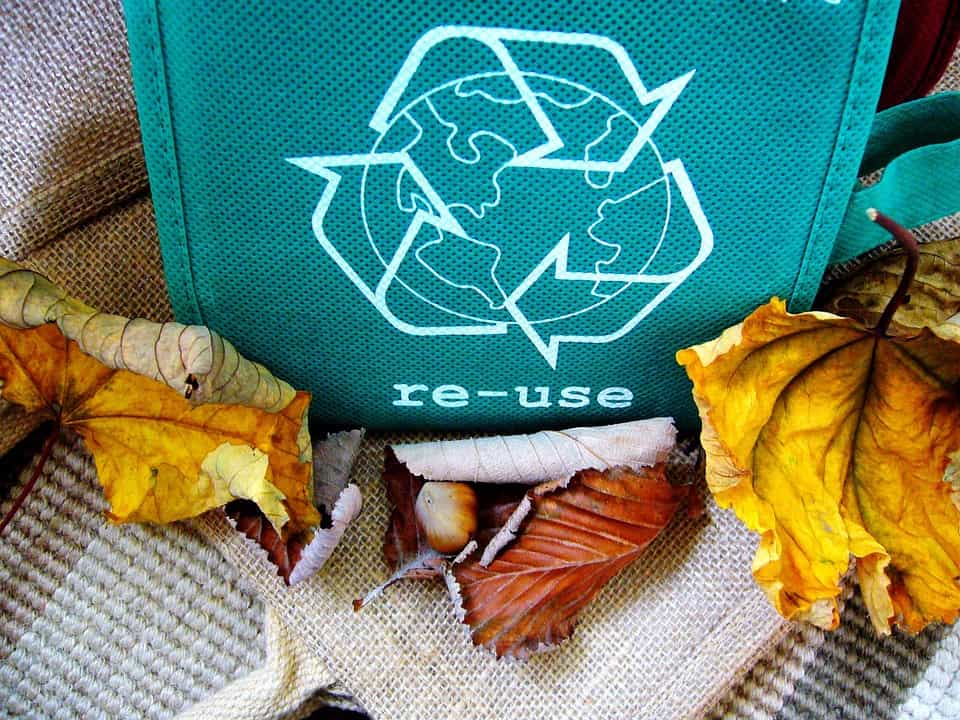Oxo-biodegradation is biodegradation, defined as being “degradation resulting from oxidative and cell-mediated phenomena, either simultaneously or successively. Oxo-biodegradable plastics are made from polymers such as polyethylene, polypropylene or polystyrene and contain a pro-degradant catalyst which helps the plastic degrade in the presence of oxygen.
In a world where the use of plastic has increased considerably in the last 50 years, biodegradable plastics have become more prominent, but when it comes to oxo-degradable plastics, the EU has put measures in place. In a report published last year, the Commission announced a process to reduce the use of oxo-plastics in the EU.

Studies have shown oxo-plastics, when exposed to heat and UV light for an extended time do oxidise until the plastic fragments. However, evidence has shown that oxo-degradable plastics do not really degrade in the same way as vegetable-based plastics, and simply fragment into small pieces, ending up as microplastics. These microplastics then enter into the food chain and can eventually be consumed by humans.
The oxidisation and fragmentation of the plastic in a natural environment depends heavily on the right conditions. The temperature, moisture and light intensity play a huge part in how well the plastic degrades. There has also been evidence that manufacturers of oxo-plastics have exaggerated the claims of the process biodegradation into natural molecules and timescale. These plastics contribute an environmental risk, and oxo-degradable plastics are also not suited to long-term reuse or recycling.
Other reasons why the EU is putting measures in place to limit the use of oxo-degradable plastics also include the potential negative effects of the oxidisation additives. Though a definitive conclusion of the potentially toxic effects can’t be drawn, it has been identified as a concern. There is also some alarm about the increase in littering. If consumers are under the impression that plastic can be discarded and degrade in any environment, there could be an increase in littering. However, all plastic packaging should still be discarded of appropriately. The EU is also implementing a process that requires oxo-degradable plastic to be identified as such and separated from other plastics when collected for recycling.
The report from the EU does state that the number of issues found with oxo-plastics has shown no conclusive evidence of the beneficial effects.
At Kempner, we strive to be as green as we can, and as companies big and small are becoming concerned with the impact their products have on the environment, steps must be taken. For more information about our packaging equipment, polyolefin shrink film and how our company works with biodegradable shrink plastic film, get in touch with us today.


